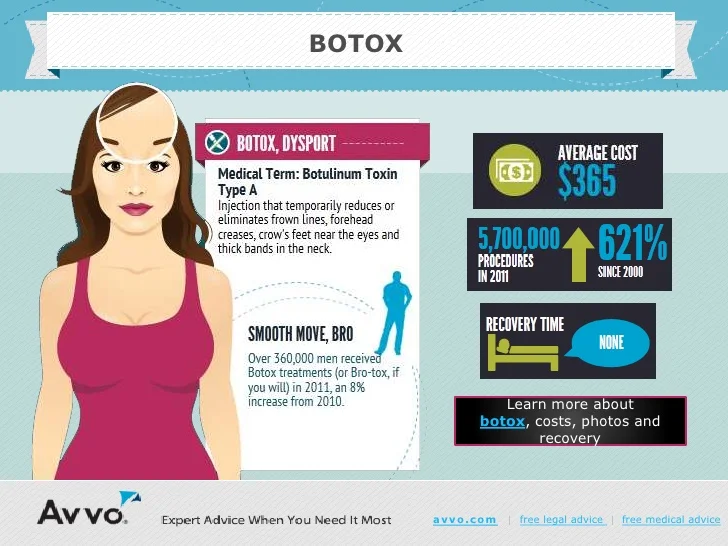Hormonal acne is identified by clogged up pores and oily skin that typically shows up on the chin and jawline. It happens when hormonal changes cause swelling and bacterial overgrowth within hair roots.
Breakouts may look like whiteheads, blackheads, papules or pustules and cysts or blemishes in extra extreme instances. It is more common in teens going through adolescence however can influence adults of any kind of age.
What Creates Hormone Acne?
While acne can be triggered by a variety of aspects, consisting of utilizing hair and skin treatment items that aren't oil-free or made with components that might block pores, hereditary tendency, diet plan,2 and anxiety, the source is changing hormones. Hormonal acne happens when the body experiences hormonal changes and fluctuations that lead to an overproduction of sebum, which causes swelling, raised development of microorganisms and modifications in skin cell task.
Hormonal acne is typically discovered on the lower jawline, cheeks and neck but can show up anywhere on the body. It is identified by imperfections that are cystic, excruciating and loaded with pus or various other material. It is also more likely to occur in females than males, specifically throughout adolescence, the menstrual cycle, pregnancy or menopause.
Age
While several children experience acne eventually during puberty, it can continue to torment grownups well into their adult years. Known as hormone acne, this kind of outbreak is tied to fluctuations in hormonal agents and is commonly most typical in ladies.
Hormonal acne takes place when oil glands generate excessive sebum, which blocks pores and traps dead skin cells. This brings about the development of acnes, such as whiteheads, blackheads and papules, pustules, cysts or nodules, deep under the surface.
This sort of acne typically causes discomfort, soreness and inflammation. It may additionally be intermittent and appear around the same time every month, such as right prior to your period begins. This is since levels of female hormonal agents like progesterone and oestrogen vary with each menstrual cycle.
Menstruation
Hormone acne generally appears in the reduced part of your face, along the jawline and cheeks, as whiteheads, blackheads or inflammatory pimples (acnes and cysts). It's more than likely to appear around the time when your menstruation modifications.
Especially around ovulation, when estrogen and progesterone degrees get on the rise, hormonal agent changes can cause outbreaks. However it's also feasible to obtain acne at any factor during your 28-day menstrual cycle.
If you observe that your hormonal acne flare right before your period, attempt discovering when specifically this occurs and see if it relates to the stages beverly hills walk in clinic of your 28-day menstrual cycle. This will assist you pinpoint the origin of your skin difficulties. For example, you might want to work with balancing your blood sugar level and eliminating high-sugar foods, or consider a prescription drug like spironolactone that can control your hormonal agents.
Pregnancy
Expanding an infant is a time of dramatic hormone changes. For lots of women, this consists of a flare-up of hormonal acne. This sort of breakout commonly begins in the initial trimester, around week 6. It's caused by hormonal agent surges that promote sebaceous glands to make even more oil, which can clog pores and trigger more germs to build up.
Outbreaks might likewise take place as a result of pre-existing conditions like polycystic ovary disorder, which can likewise be a concern during pregnancy and menopause. Additionally, some kinds of contraceptive pill (such as Ortho Tri-Cyclen and YAZ) can set off hormone acne in some women.
The good news is, many acne therapies are "no-go" for expecting females (including prominent acne-fighting ingredients such as isotretinoin and spironolactone). However if you can not avoid those aggravating bumps, your doctor might prescribe oral erythromycin or cephalexin, which are secure during pregnancy.
Menopause
As females approach menopause, the estrogen levels that created their hormone acne to flare up throughout puberty start to stabilize and reduce. At the same time, nonetheless, a spike in androgens (also referred to as male hormonal agents) happens due to the fact that these hormones can't be exchanged estrogen as effectively as previously.
The unwanted of androgens can trigger oil production by the sweat glands, which obstructs pores. When the blocked pores come to be swollen and irritated, an acne kinds.
Hormonal acne is usually seen on the face, specifically around the chin and jawline, yet it can occur on the neck, back, shoulders, or breast. This sort of acne tends to flare up in an intermittent pattern, similar to the menstrual cycle. Tension, which enhances cortisol and throws hormones out of balance, also adds to the outbreaks.
